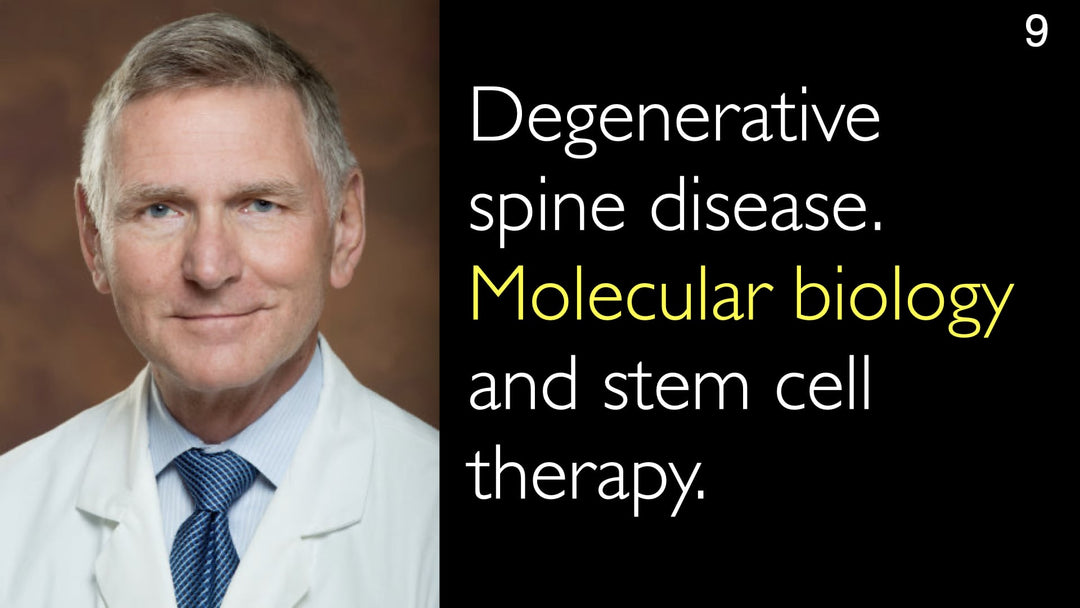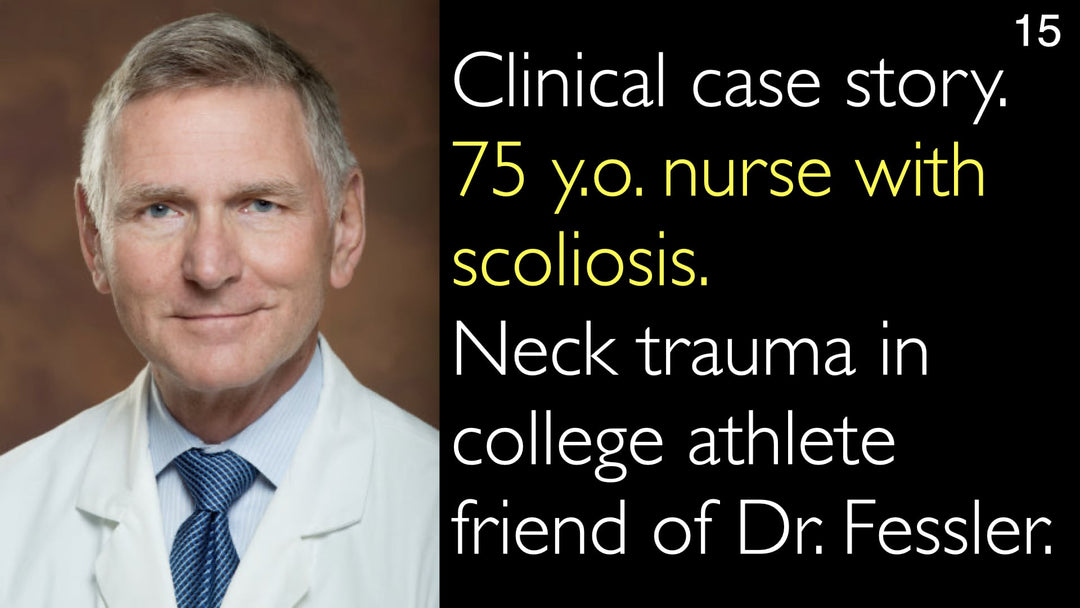Dr. Anton Titov, MD, provides crucial insights for patients and families seeking to understand this serious condition.
Brain Aneurysm Rupture Risk: Size, Location, and Wall Thickness Factors
Jump To Section
- Aneurysm Rupture Risk Factors
- Role of Inflammation in Rupture
- Genetics and Family History
- High-Risk Aneurysm Locations
- Future of Aneurysm Wall Imaging
- Full Transcript
Aneurysm Rupture Risk Factors
Brain aneurysm rupture risk assessment depends heavily on specific aneurysm characteristics. Dr. Mika Niemela, MD, states that larger aneurysm size directly correlates with a higher risk of rupture. Aneurysms with an irregular shape or secondary pouches also pose an increased danger. External patient factors are critically important, with smoking being a major risk factor for both formation and rupture. Hypertension is another significant contributor to brain aneurysm instability.
The average annual rupture risk for a brain aneurysm is approximately 1%. However, Dr. Mika Niemela, MD, emphasizes that this is a population average and individual risk can be much higher. This variability makes personalized risk assessment based on the factors above essential for proper treatment planning.
Role of Inflammation in Rupture
Inflammation within the aneurysm wall is a key driver of rupture risk. Dr. Mika Niemela, MD, explains that brain aneurysms with thinner walls exhibit higher levels of inflammation. This inflammatory process weakens the structural integrity of the vessel wall, making it more susceptible to tearing. Research points to lifestyle factors that can fuel this inflammation.
Smoking is a primary catalyst for wall inflammation. Dr. Niemela also highlights that high cholesterol levels (hypercholesterolemia) may predispose an aneurysm to inflammation more than previously understood. Hypertension contributes by causing damaging hemodynamic changes and stress on the already weakened aneurysm wall.
Genetics and Family History
The role of genetics in brain aneurysm rupture is complex and often misunderstood. Dr. Mika Niemela, MD, clarifies that a family history of brain aneurysms may be less significant than once thought. He notes that family history is often conflated with shared environmental risk factors like smoking and hypertension, rather than a direct genetic defect.
Dr. Niemela contributed to an international study searching for a specific "aneurysm gene," which was ultimately unsuccessful. The current medical understanding is that genetic predisposition to brain aneurysm is more likely linked to genes associated with general cardiovascular disease and hypertension, rather than a single gene defect responsible for aneurysm formation itself.
High-Risk Aneurysm Locations
The location of a brain aneurysm within the cerebral circulation is a major determinant of its rupture risk. Dr. Mika Niemela, MD, identifies aneurysms in the posterior circulation as particularly dangerous. This category includes vertebrobasilar aneurysms and PICA (Posterior Inferior Cerebellar Artery) aneurysms, which are known to rupture more easily than those in the anterior circulation.
In his practice in Finland, Dr. Niemela observes that the Middle Cerebral Artery (MCA) is the most common location for a ruptured aneurysm. The MCA bifurcation is highly susceptible to aneurysm formation due to specific blood flow dynamics. He also describes "blister aneurysms" on the carotid or basilar arteries as extremely high-risk due to their very thin walls, noting they can rupture even when very small.
Future of Aneurysm Wall Imaging
A significant challenge in preventing brain aneurysm rupture is the current inability to reliably image the aneurysm wall. During the discussion with Dr. Anton Titov, MD, Dr. Mika Niemela, MD, confirms that no specific clinical imaging methods exist to assess wall thickness or motion directly. Clinicians currently rely on surrogate markers like overall size and shape irregularity to gauge risk.
Dr. Niemela is involved in planning research for future imaging technologies. The goal is to develop methods, potentially using specialized contrast media, to visualize inflammation within the aneurysm wall. This experimental technology could revolutionize risk assessment by providing a direct look at the biological activity that leads to rupture, but it is not yet available for clinical use.
Full Transcript
Dr. Anton Titov, MD: How to find brain aneurysms that are at increased risk of rupture? How does a cerebrovascular aneurysm’s rupture risk relate to the location of the brain aneurysm?
Brain aneurysms have a risk of rupture of 1% per aneurysm per year on average. However, some patients have much higher risks of rupture for brain aneurysms.
Dr. Anton Titov, MD: You have done research on risks of formation of brain aneurysms. You also studied various factors that affect the risks of rupture of brain aneurysm. How do you assess risk of rupture of brain aneurysm?
Dr. Mika Niemela, MD: It depends on the location and size of the aneurysm. The bigger the brain aneurysm, the bigger the risk of rupture. There are posterior circulation and vertebrobasilar area aneurysms. These brain aneurysms are known to rupture more easily.
Sometimes the aneurysms have secondary pouches or irregular shape. That may predispose cerebral aneurysms to rupture a little bit easier.
There are external risk factors that are related to the patient. It is smoking and hypertension. Smoking especially is a very big risk factor for formation and rupture of brain aneurysms.
Dr. Anton Titov, MD: Family history may mean something for risk of brain aneurysm rupture. But it's not as clear as we used to think. Because family history of brain aneurysms may be related to smoking and hypertension. It might not be related to the actual genetic defect. This has not been found to be related to brain aneurysm rupture.
Dr. Mika Niemela, MD: We participated in an international study trying to find the so-called "aneurysm gene". But we couldn't find anything. Brain aneurysm rupture is more related to genes that are related to hypertension and general cardiovascular diseases. It is not a single gene defect in aneurysm formation.
Dr. Anton Titov, MD: Some of the research that you have done relates to the inflammation in the wall of the brain aneurysm. It is a risk factor for aneurysm rupture. What did your research show?
Dr. Mika Niemela, MD: Presence of inflammation increases risk of rupture of brain aneurysm. Brain aneurysms with thinner walls have a higher inflammation.
We should be able to image brain aneurysms before they rupture. This is how we can prevent the rupture of brain aneurysm.
Dr. Anton Titov, MD: But there is no means to image brain aneurysm wall so far.
Dr. Mika Niemela, MD: We are just planning for that. We also try to understand why the inflammation happens inside a brain aneurysm. It has to do with smoking. It has to do with maybe food intake.
Higher cholesterol levels may predispose to inflammation more than we previously thought. High cholesterol is a risk factor for aortic aneurysms. Hypercholesterolemia is also a risk for brain aneurysms.
Hypertension may cause hemodynamic changes in the aneurysm wall. Inflammation and high cholesterol (hypercholesterolemia) together may predispose a brain aneurysm for rupture.
Some risk factors for brain aneurysm rupture also relate to the particular location of aneurysm. Brain aneurysms in the middle cerebral artery or aneurysms in the anterior circulation or posterior brain circulation may have a higher risk of rupture.
Dr. Anton Titov, MD: How does the location correlate with the risk of brain aneurysm rupture?
Dr. Mika Niemela, MD: Posterior circulation aneurysms, vertebrobasilar aneurysms, PICA aneurysms have more risk of rupture than anterior circulation aneurysms.
In Finland, MCA (Middle Cerebral Artery) is the most common location for a ruptured aneurysm. It is also more common for brain aneurysms in general. But MCA branches are more susceptible to aneurysm formation.
It is because of the blood flow to the brain. MCA bifurcation has a higher risk for brain aneurysm formation. So the blood flow has a lot to do with aneurysm formation. It is also smoking and potential other risk factors.
Brain aneurysm risk of rupture also depends on the anatomy. Some brain aneurysms tend to rupture at a smaller size.
Dr. Anton Titov, MD: Certain brain aneurysms also have a higher risk of rupture.
Dr. Mika Niemela, MD: Yes, it is true. Brain aneurysms in posterior circulation, basilar tip aneurysms, even small ones, can rupture. There may be so-called blister aneurysms in carotid or basilar arteries.
Blister aneurysms are very thin-walled brain aneurysms. Blister aneurysms can rupture. So it is not necessarily a safe situation with a very small brain aneurysm. A very thin-walled brain aneurysm can have a high risk of rupture.
Dr. Anton Titov, MD: Are there imaging methods that can assess the wall motion of the brain aneurysm? How thick is the wall of brain aneurysm?
Dr. Mika Niemela, MD: There are no specific imaging methods to see a wall of brain aneurysm. But we can take a look at the size of brain aneurysm. We can also see the brain aneurysm shape.
We can recognize whether brain aneurysm looks like a blister. Blister aneurysm is a very thin-walled aneurysm. But in general the aneurysm wall cannot be imaged so far very reliably.
Dr. Anton Titov, MD: Is there anything in the research on brain aneurysm wall imaging?
Dr. Mika Niemela, MD: The idea is that we could show the inflammation in aneurysm. So there may be means to do that with some contrast media. We could see the inflammation in the aneurysm wall. But this technology is experimental.
So far there is nothing in clinical use to see a thickness of brain aneurysm’s wall specifically.








